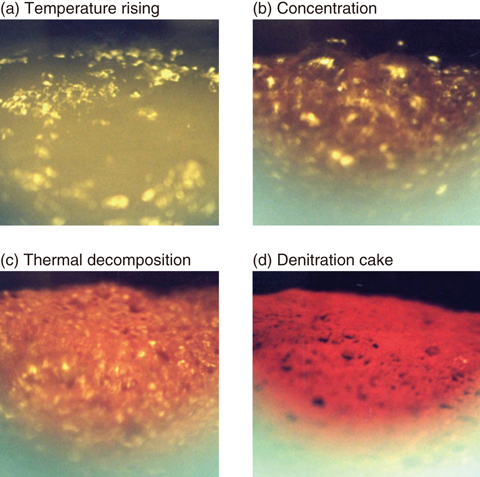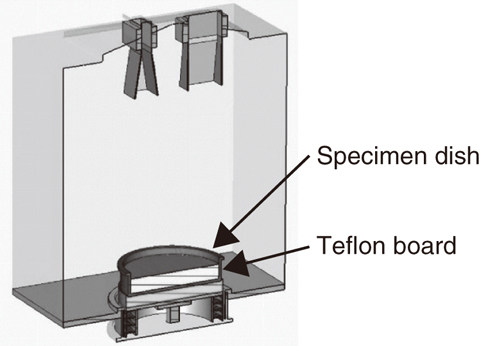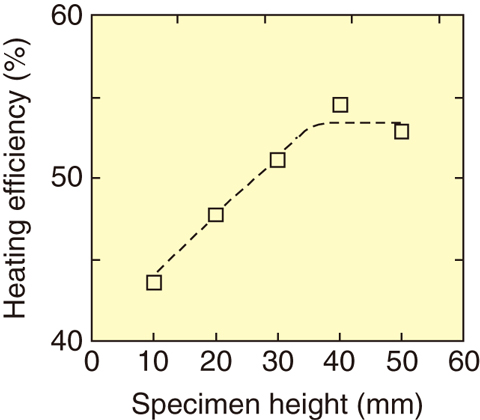
Fig.8-26 Process of the microwave-denitration reaction

Fig.8-27 Structure of the microwave oven

Fig.8-28 Heating efficiency of the vaporized nitric acid
In Japan, where the fundamental law strictly confines the use of nuclear energy to peaceful applications, the microwave-heating (MH) direct-denitration method was developed as a preparation route to prevent nuclear materials from being diverted to military use.
Using this method, a mixture of uranyl nitrate and plutonium nitrate solution (Pu/U nitrate solution) is heated by a microwave. The temperature increases under heating, the concentration and thermal-decomposition-reaction form, and Pu/U nitrate solution is changed to oxide, as shown in Fig.8-26. The heating efficiency is very important for improving the energy-saving performance in this conversion process. Microwave-heating efficiency in the reheating of the food ranges from 60%–80%, but there have been very few reports on the heating efficiency of denitration.
Therefore, we used water, nitric acid, and Pu/U nitrate solution as heating specimens and examined the temperature rise and concentration of each of them as well as the thermal decomposition in the examination. Experimental results showed that the heating efficiency of the temperature rise and concentration was approximately 60%, about the same as that of food reheating.
However, the heating efficiency under nitric-acid evaporation and denitrification of the Pu/U nitrate solution was approximately 50% and decreased only a little. Then, the specimen height was changed from 10 mm to 50 mm, as shown in Fig.8-27 at the time of the experiment causing the nitric acid to evaporate, and the influence on heating efficiency was investigated.
Heating efficiency increased along with height from 10 mm to 30 mm but ceased to increase at larger specimen heights (Fig.8-28).
We examined the change in the efficiency with the heating condition through electromagnetic-field analysis. It was found that disorder of the electric field distribution in the oven decreased at the specimen heights above 30 mm, and that heating became easy. When the specimen height was increased beyond 30 mm, it was found that disorder of electric-field distribution ceased to change. These analysis results matched the experimental results well.
From these results, the heating efficiency of the MH method was found to be the same as that of reheating food during heating and evaporation of water but the efficiency decreased by approximately 10% during nitrate evaporation and denitration. In addition, the heating efficiency decreased if the specimen’s height was low.
This information is important knowledge that should be considered during development of future equipment.
<Previous: 8-10 | Next: 9 Nuclear Fusion Research and Development>